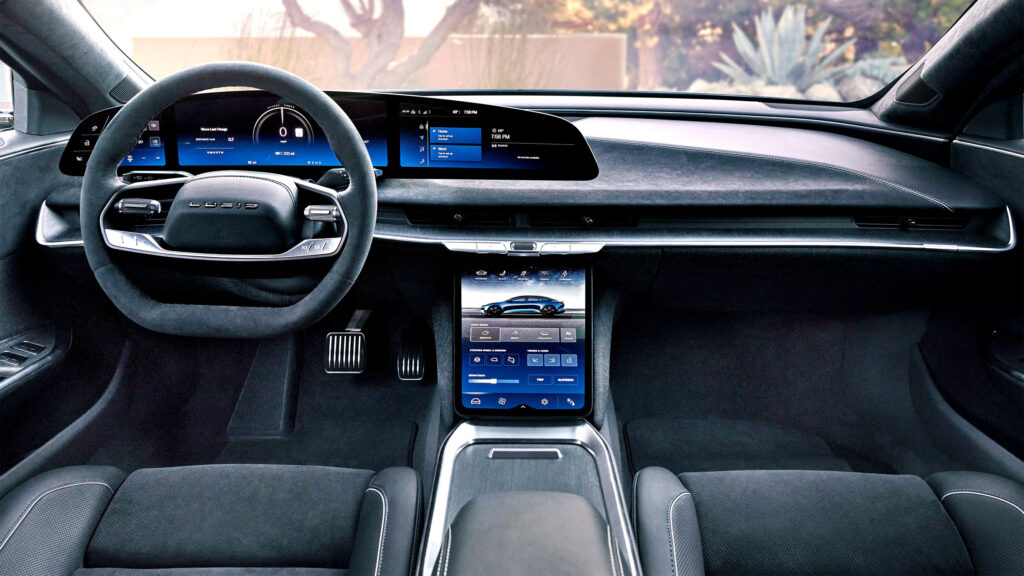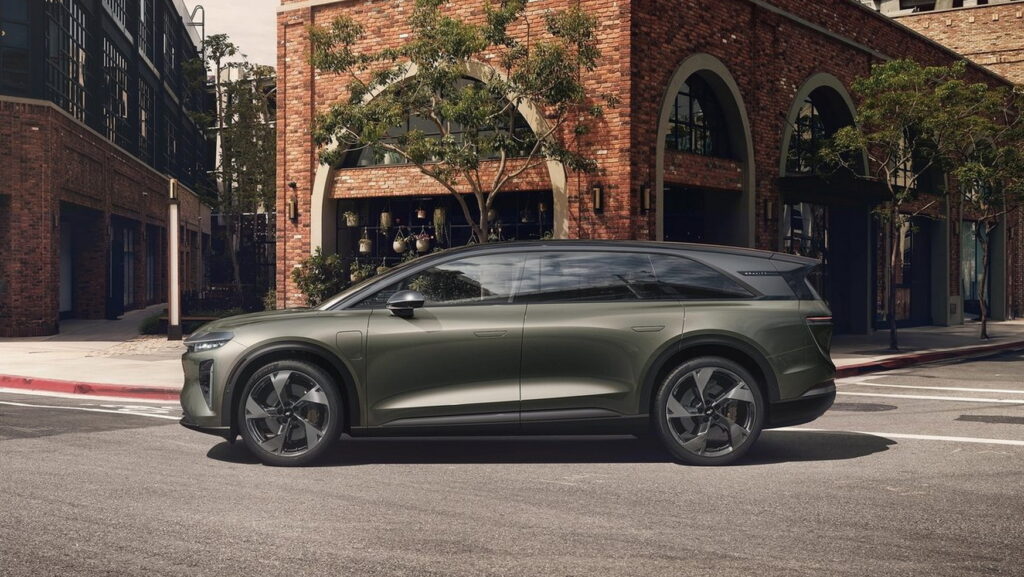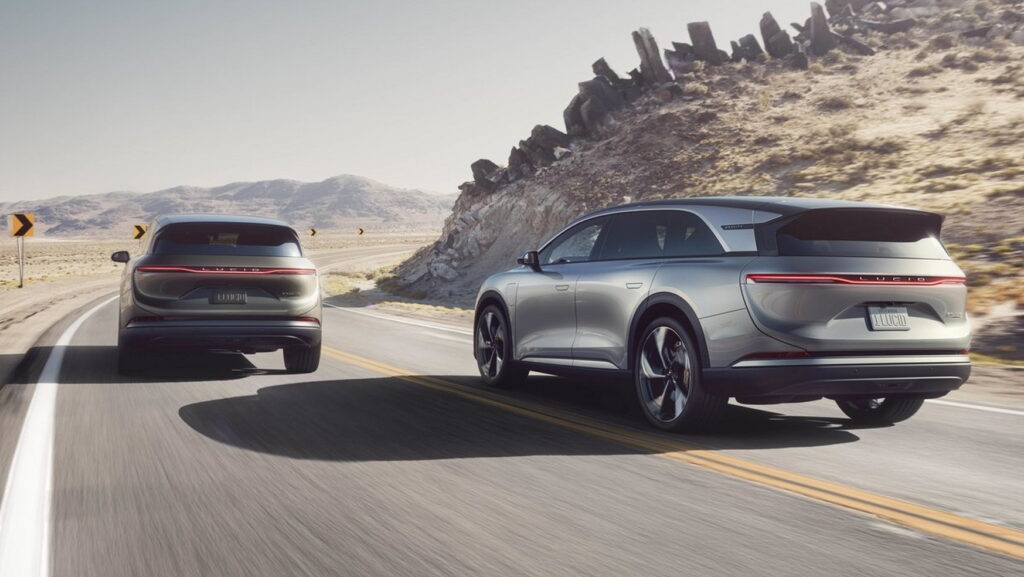Lucid Lease Customers Hit With Four-Figure Bills Over Scuffs You Can’t Even See
- Some Lucid lessees report thousands in charges for nearly invisible lease return damage.
- Pre-inspections helped some avoid charges, but others were billed for minor imperfections.
- Lucid says inconsistencies in wear assessments are under internal investigation and review.
Building an electric vehicle company from the ground up is no small feat. Many startups fizzle out before delivering a single car. Lucid is among the rare few to make it through that gauntlet, scaling up to full-scale production and getting cars into customers’ hands. But manufacturing vehicles is only part of the equation.
Automakers also have to navigate the less glamorous parts of the business, like managing lease agreements and the often fraught process of lease returns. According to both customers and even Lucid itself, this is an area where the company still has some work to do.
More: Service Nightmares Leave Lucid Owner Considering Ditching $100K EV
Every automaker that handles lease deals has to figure out how it’ll navigate excessive wear and tear when a leased car comes back. To its credit, Lucid publicly posts its guidelines for all to see. Many of them are commonsense rules like, don’t return the car with bald tires, or cracked headlights, or cuts to the interior upholstery. None of that is uncommon across the industry.
Customers Say the Charges Don’t Match the Condition
What is a bit strange is the experience some lessees say they’re having when they return their cars. On LucidOwners, several report four-figure bills for ‘excessive wear and tear,’ and we’re not talking about broken mirrors or ripped seats. One says they ended up with a $5,800 charge after returning their car despite the intake employee calling it “one of the cleanest lease returns she’d seen.”
Digging into that $5,800 figure, $1,200 was for a small piece of missing plastic from the inner fender liner. Another $585 was billed for a tiny rock chip in the paint. A $200 fee was added for light wear on the phone holder. Somehow, these tiny blemishes aren’t just an issue for this customer either, because others are having similar problems.
Photos BenTexas / dapellegrini
The person who started one thread mentioned a $1,825 bill for wear and tear. That total mostly came from a $1,450 charge for a new windshield. Did it have a giant crack or several medium-sized spider cracks in it?
No, instead, it had three very small rock chips that are almost imperceptible. Even more surprising is a $375 charge for “Left interior Qtr Trim Broken,” but the actual issue is even harder to find. “I honestly don’t even see what they are trying to show in the photos,” says the lessee.
Others Echo Similar Complaints
In other places like Reddit, customers are complaining just the same. One says that Lucid charged them $4,300 for wear and tear, including $650 for a charger that was allegedly gifted to the customer. Another said that they received a bill in excess of $1,500 but managed to get it waived because they did their pre-inspection three weeks before returning the car. That inspection came back completely clean, and the customer was able to leverage that to get out of the extra charges.

Lucid Says It’s Working on It
It’s worth pointing out that some of the examples mentioned above still have active cases open. There’s a chance that Lucid will come to an agreement with those customers that both sides are happy with.
In fact, it appears as though the automaker is eager to straighten things out. It told The Drive that “We are aware of some instances where our lease turn-in standards have not been interpreted consistently. We are collaborating with our banking partner to resolve disputes and sincerely apologize to those who have been inconvenienced.”
It said almost the exact same thing to CarBuzz. The automaker has reached out to some of the affected customers mentioned above, which is a good sign.
Who’s Actually Making the Call?
Importantly, that banking partner is Bank of America, the brand that handles all servicing through a third party. Essentially, when a lease gets turned back into Lucid, a third party reviews the car, BoA demands what it believes it’s owed, and Lucid, the car company, ultimately relays that to the customer.
That sounds like an old-school game of telephone with much more financially impactful results than a silly phrase popping out at the end of the line. At this point, only time will tell whether or not Lucid gets the act together or if more customers find leasing from the brand a risk too big to justify.






